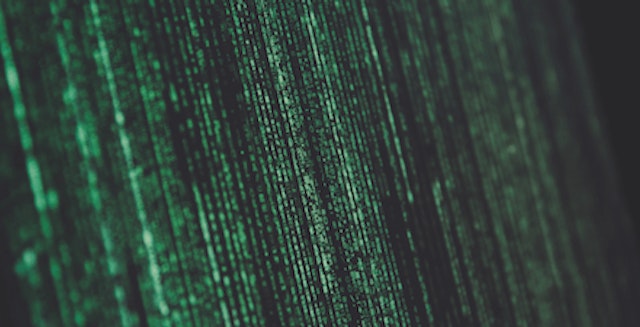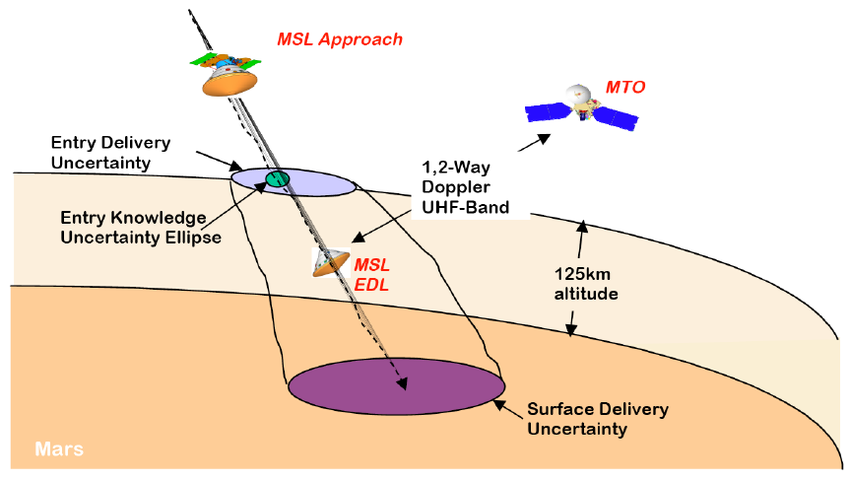Heading out on a space adventure requires careful planning and the ability to think ahead, something that using data helps with. This includes:
Trajectory Optimization
Data science uses smart algorithms to determine the best paths for spacecraft, ensuring efficient travel that considers gravity, fuel needs, and mission goals.
Mission Simulation and Planning
Advanced simulations, fed by extensive data, allow mission planners to foresee potential scenarios and challenges, enabling them to strategize and prepare for various contingencies.
Real-time Data Analysis
As spacecraft traverse the void, continuous analysis of incoming data ensures that navigational adjustments can be made swiftly, maintaining the mission's integrity and safety.
Use of Data Science in Remote Sensing and Analysis of Extraterrestrial Objects
The ability to study distant celestial bodies and phenomena, without direct physical contact, is a cornerstone of interstellar exploration, made possible through the prowess of data science.
Spectral Analysis
By examining the light spectra emitted or reflected by distant objects, scientists can deduce their composition, temperature, density, mass, and more, painting a detailed picture of these distant entities.
Surface Mapping and Analysis
Data from remote sensing instruments are processed to generate topographic maps and analyze surface features of planets, moons, and asteroids, offering insights into their geology and potential for future missions.
Atmospheric Studies
Analysis of data related to atmospheric composition, weather patterns, and climate systems of distant worlds aids in understanding their habitability and potential for human exploration.
Predictive Modeling for Interstellar Phenomena and Potential Hazards
Exploring the vast and ever-changing space demands the ability to plan ahead. Predictive modeling, deeply rooted in foreseeing future events, plays a crucial role here. It uses data effectively to predict and minimize possible risks, guiding us safely through the complexities of space.
Asteroid Impact Prediction
Data science plays a crucial role in tracking the trajectories of asteroids, predicting potential impact events, and strategizing possible deflection missions to safeguard Earth.
Solar Activity Forecasting
Monitoring and analyzing solar activity, such as solar flares and coronal mass ejections, helps predict space weather, which protects spacecraft and astronauts from harmful radiation.
Event Horizon Forecasting
By creating models and simulations of intense space events, such as black holes and neutron stars, scientists can predict and study these mysterious happenings from a safe place.

